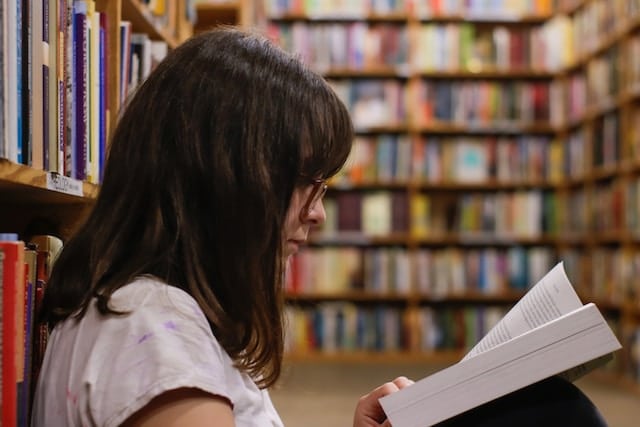Antidepressant use has been on the rise globally, and Australia is by no means an exception to the trend. We have the second-highest rate of antidepressant use of any OECD country, with prescription rates spiking drastically over recent years.
Just under half of Australians aged 16-85 years old – 44% – will struggle with a mental illness in their lifetime. Commonly, these conditions will be anxiety or depression disorders, and many will be prescribed antidepressants to help manage their illness.
Today, Australia has the second-highest per-capita rate of antidepressant use of all OECD countries, behind Iceland, with one in seven Aussies taking antidepressants. Aussies are also taking the drugs for longer and longer periods, with the average person now on antidepressants for four years.
And when people do come off their medications, many of them end up experiencing withdrawal symptoms. A review of scientific studies published in 2019 found approximately half of individuals coming off their antidepressants experience withdrawal symptoms, with half of those describing their symptoms as severe.
Most guidelines worldwide agree that tapering dosage down reduces the risk of withdrawal symptoms. However, because the vast majority of antidepressants in Australia come in pill form, optimal tapering is very difficult – doses can really only be halved or quartered at best.
The clearest indication of higher antidepressant use is in prescription rates, which have doubled in Australia over the past ten years. And in 2020, Zoloft (sertraline) became the first antidepressant to make it into Australia’s top-10 most commonly prescribed medications.
Unsurprisingly, antidepressant use jumped during the COVID pandemic. For example, prescription rates for a number of common antidepressants, like escitalopram and sertraline, rose by at least 10% in the period July 2020-June 2021.
But more specifically, women had significantly higher antidepressant use during the pandemic. Studies showed that the demographic demonstrating the largest increases in both prevalent and new antidepressant use was female adolescents. This imbalance is reflected across the world.
As one study led by the NSW Ministry of Health found, “growth accelerated since Covid to 19.2% per annum, primarily due to increased presentations by females aged 13–17 years”.
Higher rates of suicide and mental health comorbidities like drugs and alcohol among men also mean women are less likely to get admitted if they present to emergency departments with mental illnesses. Not to mention, young women find it notoriously difficult to get doctors to believe in the seriousness of their health issues.

Experts like youth psychiatrist Associate Professor Elizabeth Scott, who works with the USYD Brain and Mind Centre, note a worrying downward trend in the ages of young people presenting to emergency rooms with mental health issues.
“Generally we saw 15-to-17-year-olds, and that went down to 13-to-15-year-olds especially during the pandemic,” Professor Scott said, speaking to the Guardian. She noted that even before COVID, young people were experiencing increasing levels of anxiety and mental stress, but the pandemic exacerbated a lot of these issues.
Professor Susan Sawyer, chair of adolescent health at the University of Melbourne, says there needs to be more effort put into supporting young people in dealing with mental illness. “There are preventable causes of emotional distress.
Whilst as a community there is increasing recognition of the importance of ageing well, we’re really failing as a community to think about the sorts of long-term investments we need to be making in our young people.”
Follow Maddie’s journalism on Twitter.
Sign Up To Our Free Newsletter